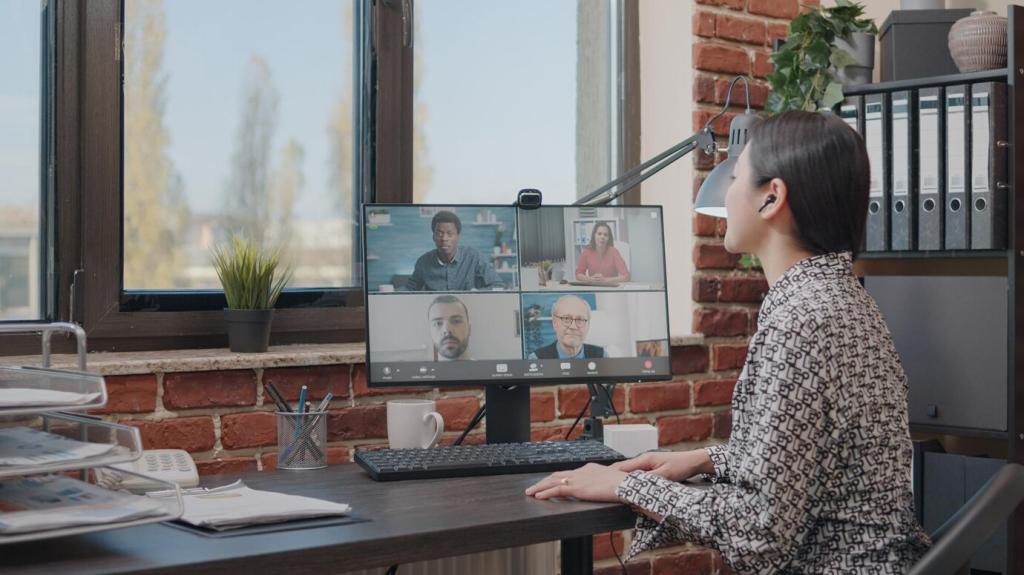Secure Communication, Zero Doubt
Choose platforms with strong end-to-end encryption, modern TLS, and verified meeting links. Disable personal meeting IDs, lock rooms, and require waiting-room approvals. Tell clients why these steps matter; when they understand security, collaboration speeds up rather than slowing down.
Secure Communication, Zero Doubt
Adopt phishing-resistant MFA like FIDO2 security keys or platform passkeys. Reserve SMS codes only as a backup. Add device verification and session timeouts for your CRM, portfolio tools, and email. Encourage clients to enable MFA on their banking apps during onboarding calls for immediate protection.








